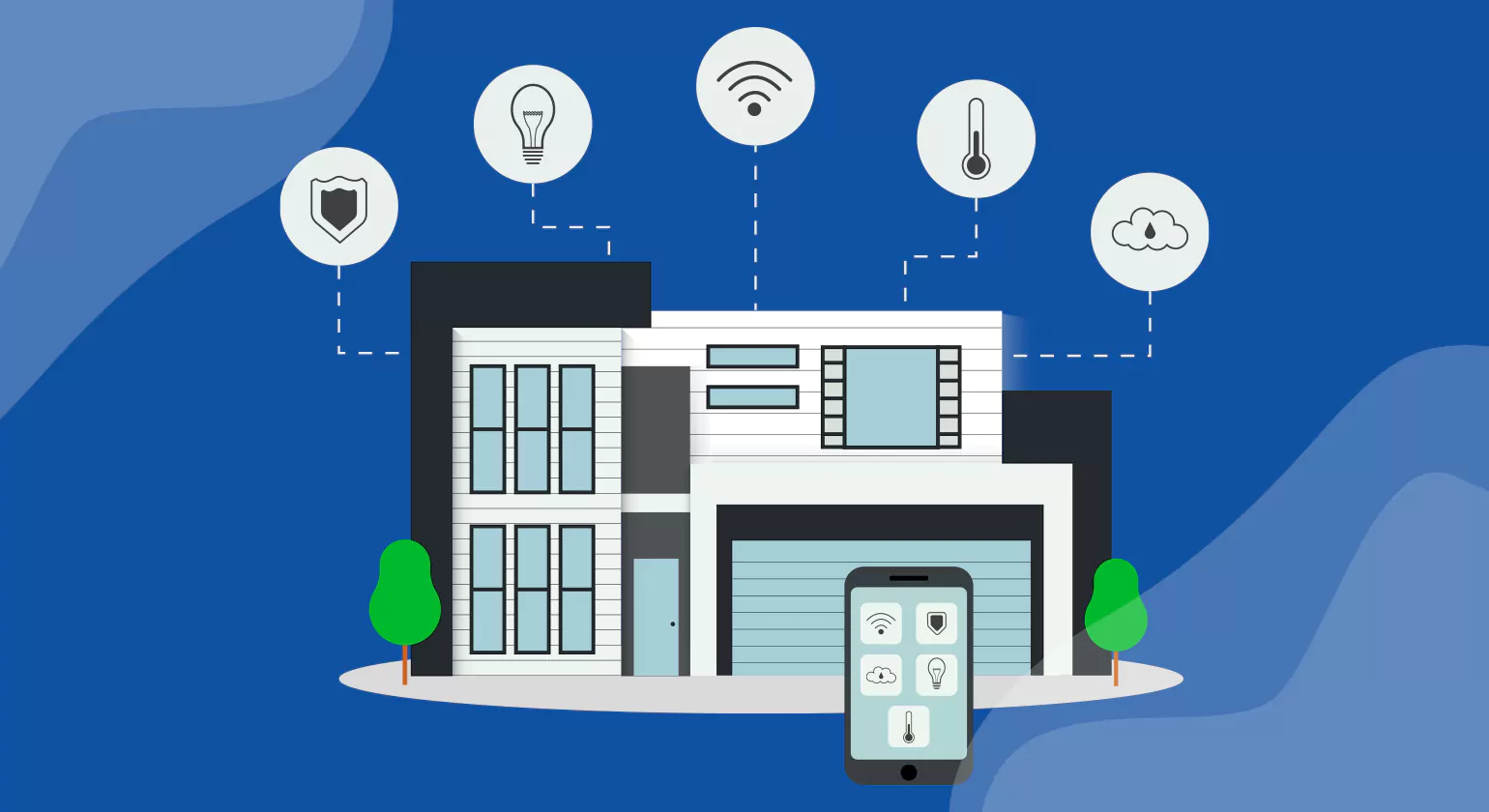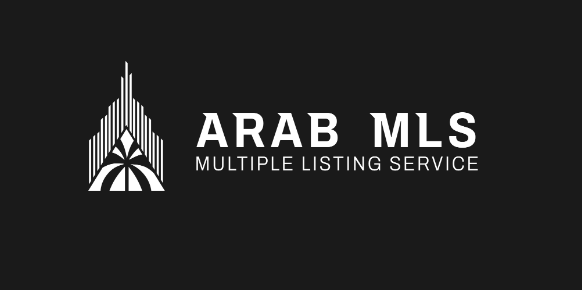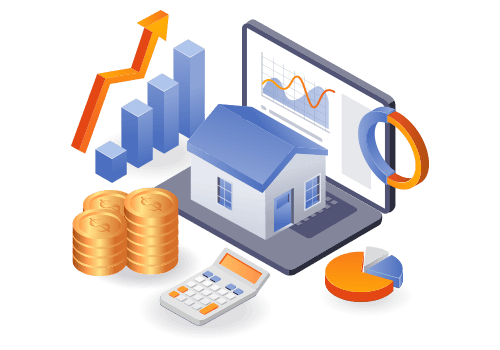In today’s rapidly evolving real estate landscape, the use of technology is not just a luxury—it is a necessity. One of the most powerful tools available to real estate professionals is the Multiple Listing Service (MLS) platform. Traditionally used for listing properties and facilitating transactions, MLS platforms have evolved into rich data repositories and collaborative environments. This transformation opens new possibilities for real estate education, providing students, professionals, and educators with hands-on, data-driven learning experiences. Leveraging MLS platforms for educational purposes can bridge the gap between theoretical knowledge and practical application, ultimately shaping a more competent and market-ready workforce.
Understanding the MLS and Its Educational Potential
An MLS is a database established by cooperating real estate brokers to provide data about properties for sale. This platform enables brokers to see one another’s listings of properties for sale with the goal of connecting homebuyers and sellers more efficiently. While its primary function is transactional, the depth and breadth of data available make it a rich resource for learning.
MLS platforms provide detailed information on property characteristics, historical pricing, neighborhood trends, days on market, and agent performance. These datasets, when used responsibly and ethically, offer valuable insights for students and new agents to understand market dynamics, pricing strategies, and consumer behavior.
Practical Applications in Real Estate Education
Market Analysis Training
MLS platforms provide up-to-date market data, which is ideal for teaching students how to perform comparative market analysis (CMA). By accessing real listings and historical sales data, students can learn how to assess fair market value, spot pricing trends, and evaluate the competitiveness of listings. This hands-on learning approach mirrors real-world practices and better prepares students for licensing exams and real estate careers.
Property Evaluation Skills
Students can use MLS data to study the impact of various property attributes—such as square footage, age, location, and upgrades—on pricing and buyer interest. This reinforces lessons in property valuation and appraisal and gives students real examples to analyze instead of relying solely on textbook scenarios.
Understanding Legal and Ethical Practices
MLS platforms enforce compliance with local, state, and federal laws. Real estate students using these platforms can gain exposure to disclosure requirements, fair housing laws, and professional standards. Educators can build coursework around these topics using real-life listing examples to discuss what was done correctly or what could lead to legal challenges.
Marketing and Listing Strategies
MLS entries include marketing descriptions, photos, and virtual tours. These components can be used to teach best practices in real estate marketing. Students can compare successful and unsuccessful listings to understand the nuances of writing compelling property descriptions, using photography effectively, and leveraging multimedia for client engagement.
Technology Integration
The use of MLS also introduces students to the broader technology stack of the modern real estate industry. From CRM systems and IDX feeds to syndication networks and data analytics tools, working with MLS platforms can help demystify the digital infrastructure that agents must navigate daily.
Enhancing Curriculum Design
Educators can integrate MLS data into their curriculum in several ways:
-
Simulation Exercises: Students can act as agents, using real MLS data to create listings, develop CMAs, and advise hypothetical clients.
-
Case Studies: Analyzing historical data of a specific market or property class to understand market shifts.
-
Interactive Labs: Utilizing MLS interfaces to familiarize students with search tools, filters, and client-matching features.
-
Capstone Projects: Encouraging students to create business plans or marketing strategies based on MLS-sourced data.
This approach not only deepens understanding but also builds practical skills, ensuring graduates are more than just test-ready—they’re job-ready.
Benefits for Educators and Institutions
For real estate education providers, integrating MLS access and data offers competitive advantages:
-
Industry Relevance: Courses remain current and aligned with real-time market dynamics.
-
Partnership Opportunities: Collaboration with local real estate boards and MLS providers can offer exclusive data access and internship pipelines.
-
Alumni Success: Programs that incorporate MLS training report higher employment rates and faster onboarding for graduates entering brokerage roles.
Some MLS organizations already offer education-focused access or demo environments for real estate schools. Institutions should explore partnerships that support compliance with data privacy rules while ensuring students benefit from real-world tools.
Challenges and Considerations
Despite the clear advantages, using MLS platforms for educational purposes does come with challenges:
-
Data Privacy and Ethics: MLS data is proprietary and must be handled with care. Educational access should comply with MLS rules and be anonymized when necessary.
-
Access Restrictions: Not all MLSs allow student or non-licensed user access. Overcoming these barriers often requires formal agreements between educational institutions and local real estate boards.
-
Instructor Training: Educators must be trained to effectively use and teach with MLS tools, which may require ongoing professional development.
To address these issues, institutions should work closely with MLS providers and professional bodies to ensure ethical, secure, and effective use of the data.
Future Outlook
As the real estate industry continues to digitize, integrating MLS platforms into educational frameworks will become increasingly important. AI-driven analysis, predictive modeling, and big data are already reshaping the industry. Students who understand how to work with real-world MLS data and tools will be better prepared to leverage these technologies in their careers.
Furthermore, the rise of hybrid and online learning formats creates even more opportunities for MLS platforms to support remote labs, virtual market simulations, and digital collaboration among students across geographies.
Conclusion
Utilizing MLS platforms in real estate education is a forward-thinking strategy that brings curriculum to life with real-world applications. From teaching technical skills like market analysis and pricing strategies to fostering a deep understanding of legal compliance and marketing, the MLS can serve as a foundational tool for immersive learning. By responsibly integrating MLS data into their programs, educational institutions can better prepare the next generation of real estate professionals to meet the demands of a data-driven industry.
Frequently Asked Questions
What is an MLS platform, and how does it traditionally function in the real estate industry?
MLS stands for Multiple Listing Service. It is a cooperative platform created by a group of real estate brokers to share information about properties for sale. The traditional function of an MLS is to facilitate transactions by allowing agents to view, compare, and promote listings on behalf of buyers and sellers. Each listing contains detailed property information, such as price, square footage, amenities, location, and the listing agent’s details. It serves as a centralized system that helps ensure accurate, up-to-date data and promotes collaboration among agents.
How can MLS data be used to teach students how to conduct a Comparative Market Analysis (CMA)?
MLS data provides historical and current sales information, making it an ideal resource for teaching CMAs. Students can use actual sold, pending, and active listings to compare similar properties based on criteria such as location, size, condition, and features. This hands-on experience helps students learn how to determine a property’s fair market value by analyzing price per square foot, days on market, and differences in property features. Using real MLS data makes CMA exercises more realistic and prepares students to apply these skills in client scenarios.
Describe two ways real estate instructors can integrate MLS platforms into their curriculum.
-
Simulation Exercises: Instructors can design role-playing scenarios where students act as agents, create property listings, conduct buyer consultations, and generate CMAs using real MLS data. This gives students practical experience with the interface and tools they’ll use on the job.
-
Market Trend Analysis Projects: Students can use MLS historical sales data to analyze neighborhood trends, such as appreciation rates, buyer preferences, and seasonal fluctuations. This encourages analytical thinking and helps them understand market behavior.












